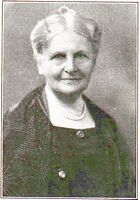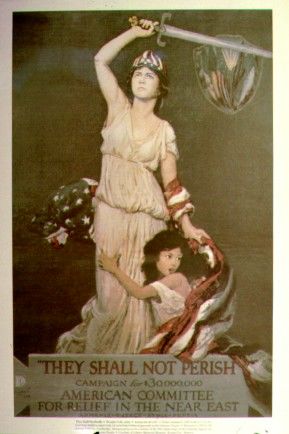Editor’s note: April 24th marked the 106th anniversary of the Armenian genocide. That Saturday, President Biden formally recognized the event as genocide, the culmination of efforts by the Armenian community, nearly all of which are the descendants of genocide survivors. We asked Lou Ann Matossian, a local community historian, to reflect on the Armenian community’s connection to Minnesota.
By the fall of 1915, when the Ottoman Turkish extermination campaign was making headlines across Minnesota, the Armenian Genocide had been underway for six months. Closest to the story were two groups of Minnesotans—ethnic Armenians and Protestant missionaries.
Since 1899, when Oriental rug merchant Bedros Keljik arrived in St. Paul, the Twin Cities community had grown to about 200 Armenian immigrants and their American-born children. In May, 1915, as the genocide was unfolding in their homeland, Armenians appealed to President Wilson at a mass meeting in downtown St. Paul. At least 37 Twin Cities Armenians—a sizeable proportion of the community’s military-age men—left that summer to volunteer against the Turkish army.

Also in the danger zone were Protestant missionary-educators. Charlotte Willard and Frances Gage, who had met at Carleton College, rescued 41 Armenian women. Carmelite Christie protected Armenian students, distributed aid, and chronicled the destruction around her. Sophie Holt brought her wartime experiences home to Duluth. After the war, returning missionaries took part in national efforts to assist survivors of the Armenian Genocide.
The largest such effort, Near East Relief, received strong support in Minnesota. “They Shall Not Perish,” a striking NER poster, was created by Douglas Volk, a founder of the Minneapolis College of Art and Design. Beginning in 1920, refugees such as Vartanoush Karagheusian, sister of Dayton’s Oriental rug buyer John Karagheusian, found safe haven in Minnesota. Survivor Oksent (“Mike”) Ousdigian would lead the Public Employees Retirement Association for more than 40 years. Today, Minnesota Armenians continue to play a vital, productive role in community life.
We remember and demand.
Lou Ann Matossian, Ph.D., Community Historian



Comments